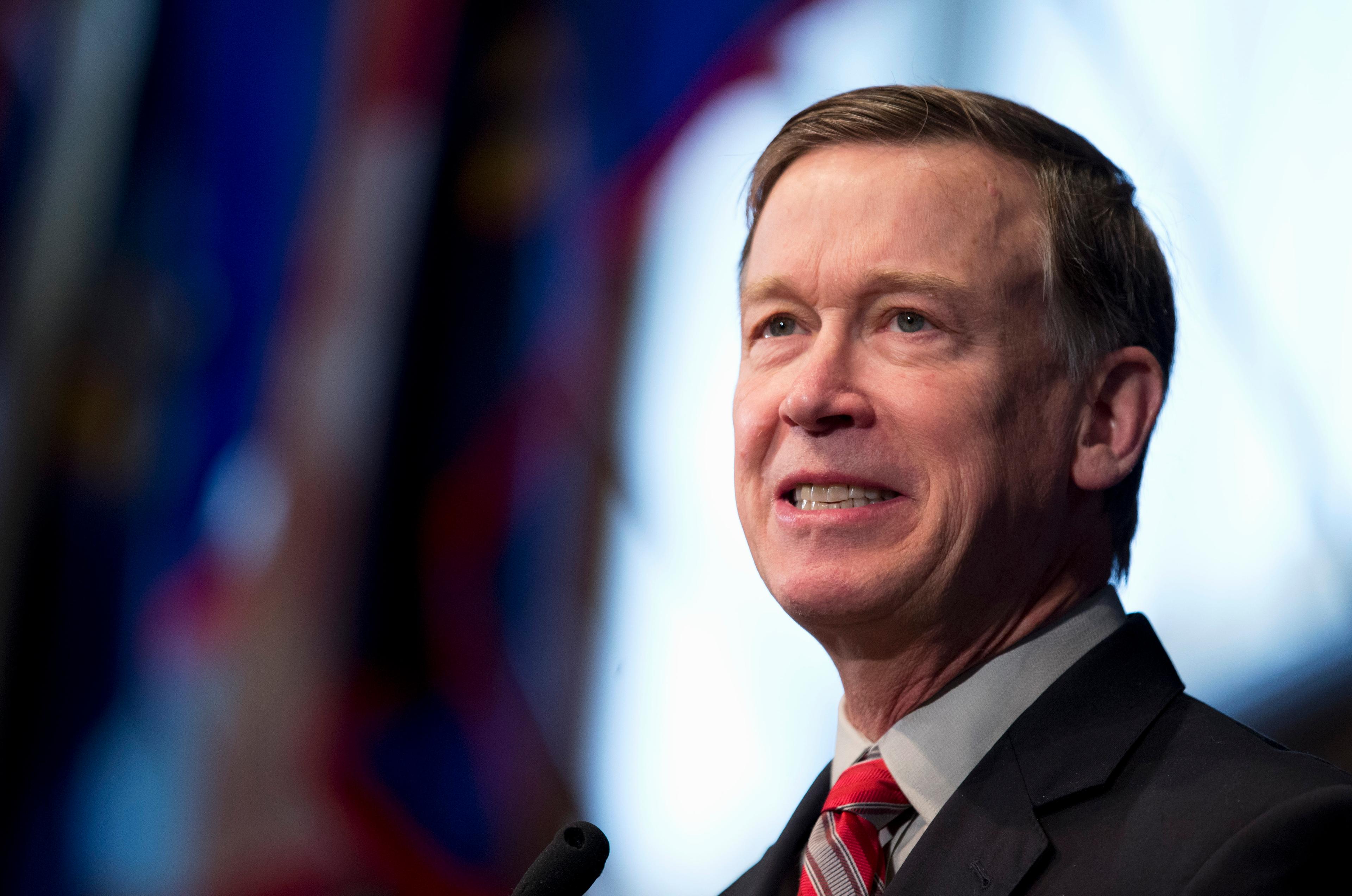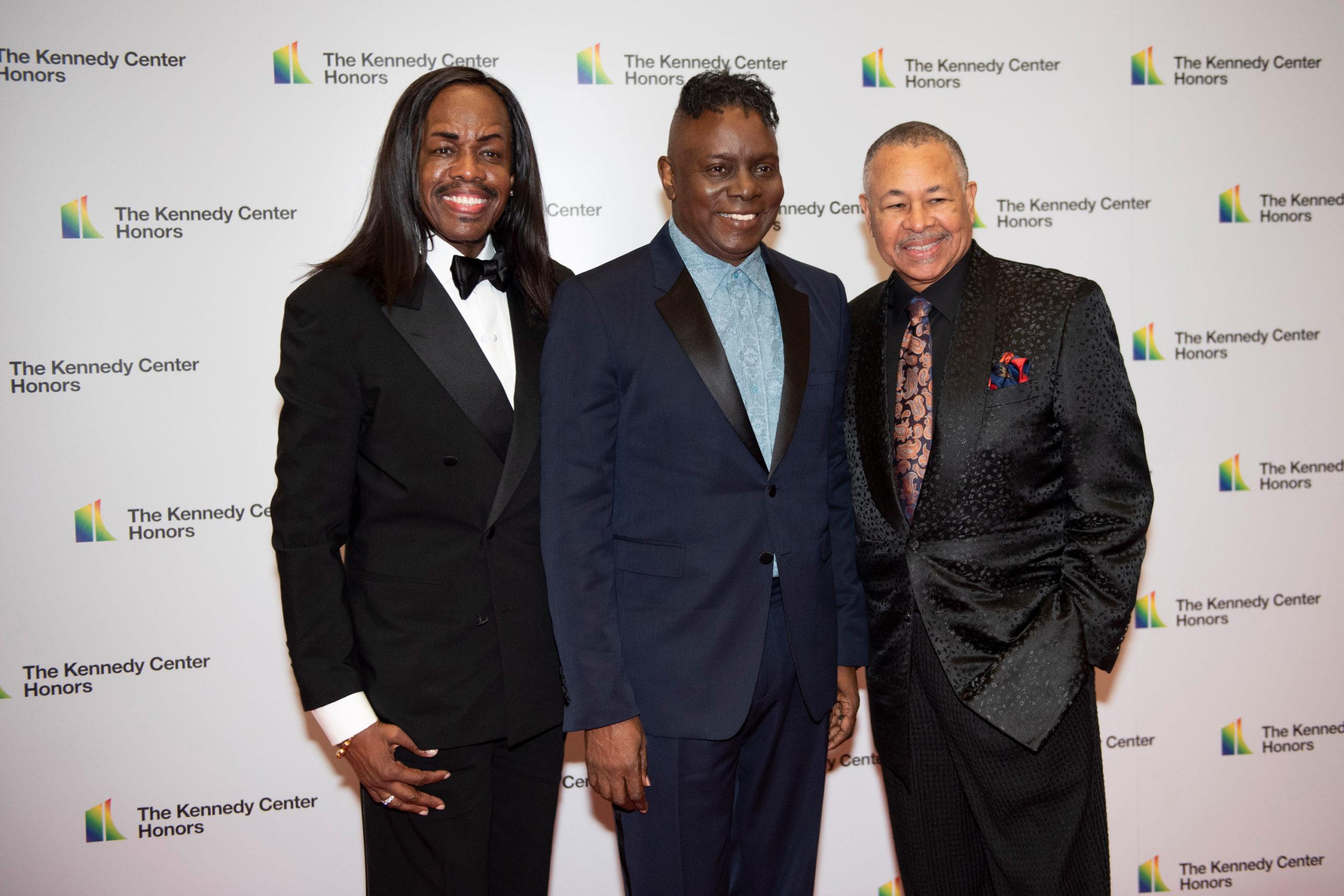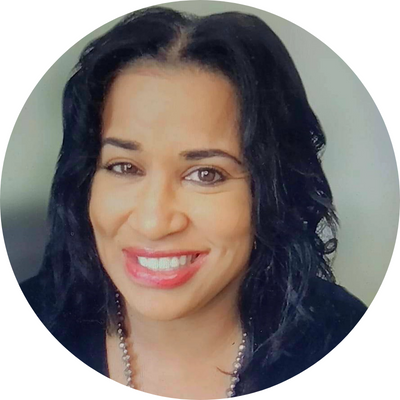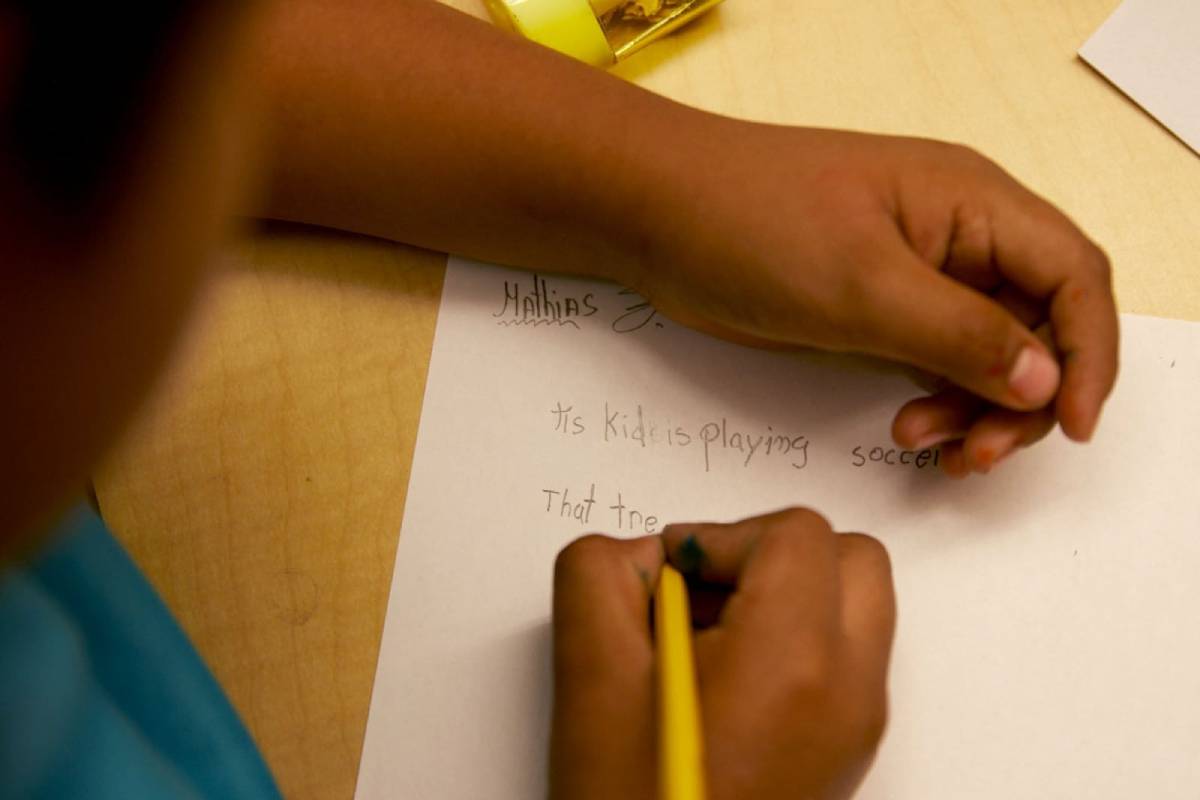
Colorado’s profile as an arts and culture state appears to be on the rise: According to a new federal government survey by the National Endowment for the Arts, Coloradans visit more theaters, concert halls and museums than the residents of any other state.
But arts organizations will have to compete with key issues -- like education, housing and energy -- if they want to get the attention of the state Legislature this session.
CPR’s arts editor Chloe Veltman spoke with Colorado Gov. John Hickenlooper, who recently won a National Award for State Arts Leadership, at the state Capitol building this week. She asked Hickenlooper about how he plans to maintain the state’s cultural momentum as he begins his second term.
On state funding
According to the National Assembly of State Arts Agencies, Colorado currently ranks 38th nationally in state arts funding, investing about $2,860,000. This is an increase from 2013, when the state ranked 44th. Hickenlooper says he doesn’t anticipate any significant bump in state arts funding for 2015. Rather, he intends to be more strategic with dollars designated for Colorado arts and culture and “leverage on the strengths that we already have.”
One of the strengths he cites is Colorado Creative Industries (CCI), the cultural division of the Colorado Office of Economic Development and International Trade. In 2011, Hickenlooper signed into law a house bill encouraging the building of creative hubs across the state. The program, managed by CCI, is called the Colorado Creative Districts Program. The idea is to create cultural hubs that boost economic activity and -- in some cases -- beautify and revitalize neighborhoods. There are 12 so far, and the governor says he hopes to keep expanding the program. The program makes CCI the first state arts agency in the country to invest in real estate development for arts businesses.
Also on the topic of real estate, Hickenlooper says he’s not surprised to see artists getting priced out of neighborhoods such as Denver’s River North District, which artists helped to make more livable only to see rents rise to unaffordable levels. He offers this advice:
“When you find one of these districts, raise the money how ever you have to, and buy the real estate,” Hickenlooper says. “Once you own your real estate, as your creative efforts create value in that neighborhood, then you get to participate in the appreciation.”
The governor says he’s looking into a statewide program to provide loans to help artists purchase their spaces. But nothing of the kind exists yet.
Colorado’s indie rock music scene
One cultural project the governor is currently working on is the “Colorado Music Strategy.” The initiative aims to promote the state’s growing indie rock music industry beyond Colorado. For example, last spring, the state used public funds to send about 40 Colorado-bands to Austin to play during the annual South By Southwest (SXSW) music festival for the first time.
“I think the music here is a big part of our quality of life, a big part of what attracts entrepreneurs and businesses here,” Hickenlooper says. “All kinds of creative talent helps drive our economy.”
Hickenlooper adds that the issue isn’t about getting more money to fund this initiative.
“I don’t think we need more money as much as we need brain space,” Hickenlooper says. “We need to get in people’s awareness that this is a big part of Colorado and the Legislature should get behind it.”
Eyes on arts education
Hickenlooper says he’d like to see more arts and music teachers in the Colorado public education system.
“Those teachers are artists and musicians themselves,” Hickenlooper says. “And they are helping create future audiences.”
He also believes learning creative skills helps children learn other academic skills such as math and languages.
However, Colorado is a “local control” state, which means school management is determined by governing bodies within the communities the school serves. Therefore, the governor cannot issue a mandate for schools to add music and art teachers to their rosters.
But, in the future, he hopes to have the financial flexibility within the state budget to create an incentive program to encourage schools to include the arts in their curricula.
Personal interest in the arts
Art is a subject close to the governor's heart. His interests include playing the guitar, banjo and piano. Hickenlooper even harbored early aspirations to become a professional musician, but he says he didn’t have the talent to make it far in the business.
“To be blunt, people would probably pay me to stop playing,” Hickenlooper says. “But I do love it.”
Hickenlooper says his purpose is to be an advocate for the arts. And he lets his artistic practices influence his life as a public servant.
“I’m a believer that the more you scratch your creative itches, it allows you to see and approach things from a different perspective,” Hickenlooper says.









